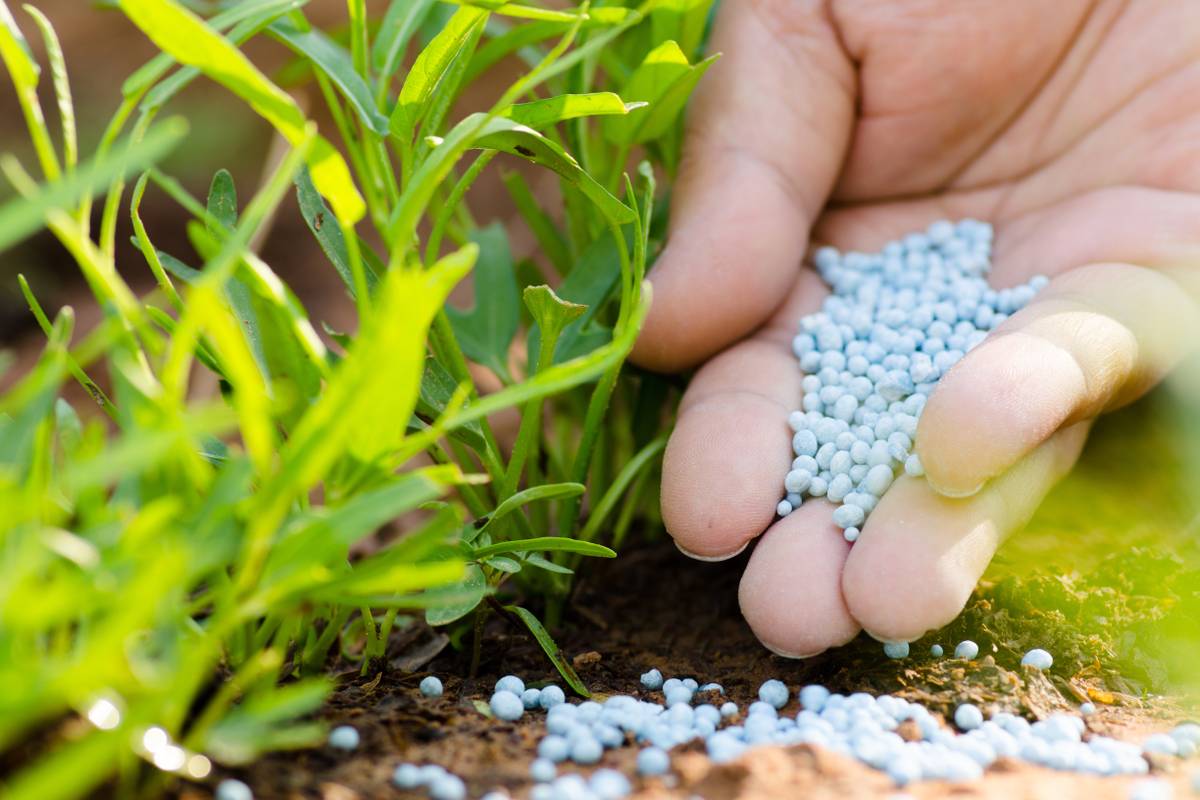You are viewing a preview of...
Biodegradable Polymer Coating for Slow-release Fertilizers
A biodegradable polymer produced by bacteria to coat fertilizer pellets that allows for nitrogen to be slowly released over time

Background
Using nitrogen fertilizers often results in premature nitrogen loss through groundwater leaching, rain events, or over application. Many companies produce small pellets that entrap fertilizers within a water soluble polymer matrix that slowly dissolves and releases the fertilizer over time, providing long-term application. However, these conventional polymers used in slow-release fertilizer formulations are often not fully biodegradable. Companies are highly interested in replacing conventional polymers with a biodegradable alternative.
Technology Overview
Researchers at the University of Minnesota have developed a method to produce a biodegradable polymer coating for fertilizer pellets, allowing nitrogen to be released slowly over time. The polymer material is primarily made of gamma polyglutamate produced by Azotobacter vinelandii through a process that potentially can be scaled-up.
Log in or create a free account to continue reading